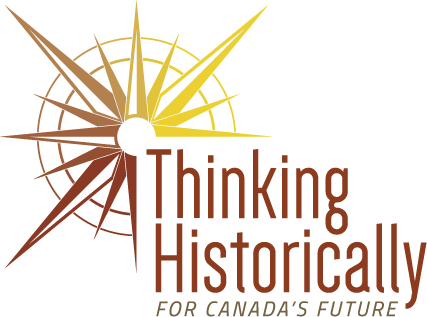Gregory Wilson,
Teacher
Gregory Wilson is an English and history teacher who has taught STEM (Science, Technology, Engineering, Math) Kindergarten to Grade 3, Grades 4-6, and Grades 7-9. He has been teaching for eighteen years in different contexts including First Nations communities in the Northwest Territories, and Northern and Southern Ontario. Gregory currently teaches at the Mitch and Leslie Frazer Faculty of Education Ontario Tech University in Oshawa. For Gregory, teaching in First Nations communities has been the most unique environment he has worked in. In northern Ontario, he worked in remote communities where students had little opportunity to travel to larger urban communities. His first job was in a small northern Indigenous fly-in community. This was an entirely new context for him, “…after a week, I was out in the hallway crying, saying I need to leave because of how different the social context was.” Each northern community was unique with its own resources, social context, and geography.

Mitch and Leslie Frazer Faculty of Education Ontario Tech University in Oshawa
Brantford, Ontario

Curriculum & Resources
Gregory’s experiences in remote First Nations communities shaped his growth as an educator. In northern Ontario, Gregory learned that context and place meant everything. Communities were small; some schools had no more than eight students.
For students to be successful, it was important to fit the curriculum to their needs and interests. The unique context of his students motivated Gregory to adapt the available curriculum. “I had to change the curriculum around and then not use the resources that I had available to me,” he said.
A careful consideration of the context of his students guided his practice. “By making those connections. It’s not about me; it’s what the students need.” Learning about life in the 1800s in southern Ontario didn’t resonate with students who lived in the Canadian Shield.
Northern Indigenous communities shaped his purpose as a teacher. “…that’s where I really learned place and context matter so much to what the student understands, and what the student will be able to connect with to help the student succeed. It’s up to me to remove those barriers to ensure the student can succeed in my classroom.”
When teaching students in Southern Ontario, Greg used stories about the growing connections between their community, the rest of southwestern Ontario, Canada, and the world. He used resources to support these connections, including telling students stories not usually found in traditional school texts, such as about an enslaved person who escaped and established himself in the town and initiated Toronto’s first horse-drawn transportation system. Using a digital copy of a painting from the 1840s, he showed his students the distinctive yellow and red colours of the carriages, the same colours featured on Toronto’s buses and subways today. His purpose was to show “a symbol of public transportation in Toronto” so students understood how a “…Black escaped slave had a huge influence on the public transportation system that we use daily in Toronto now.”

Indigenous Knowledges
Teaching in the North helped Gregory appreciate Indigenous knowledge from the students he taught. As he explained, “I learned from my students. And so, what they taught me, I have used in subsequent years.”
Gregory focused on the unique context of his students by incorporating local stories that gave meaning and drew on the resources of the surrounding community. For example, when teaching in Northern Ontario about Residential Schools, Gregory enlisted the expertise of local Indigenous elders to provide a first-hand perspective to his students. In-class experiences like this allowed students to make a personal connection to their context.
Connecting to local Indigenous elders provided Gregory’s students with Indigenous ways of understanding. As Gregory described, “…they said the Creator gave us two eyes, the Creator gave us two ears, and the Creator only gave us one mouth. There’s a reason: seeing and listening are twice as important as talking.” This led Gregory to adopt a more student-centered approach “…you can’t go in with your elbows up and say, ‘I have the answers.’ You need to watch and listen. And they’ll tell you what they need and what they need help with, and you need to follow their advice and learn from that.”
Co-created by Gregory Wilson and Paul McGuire
